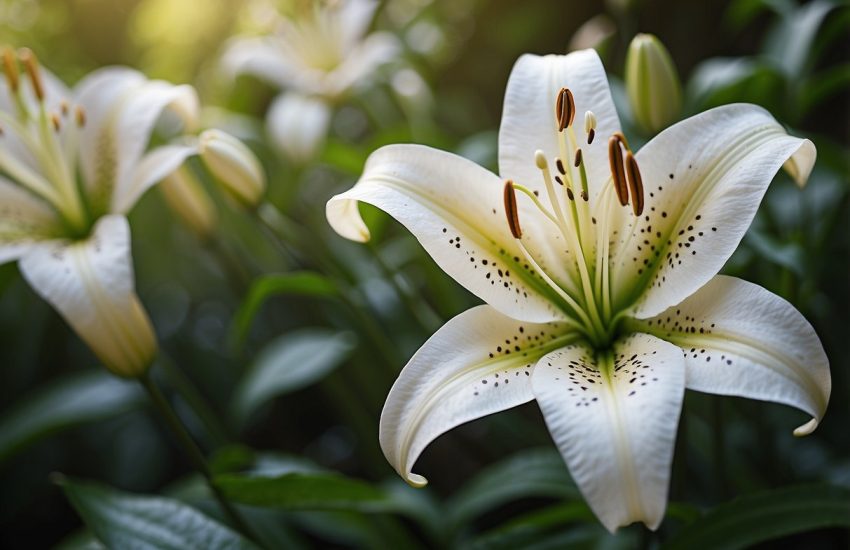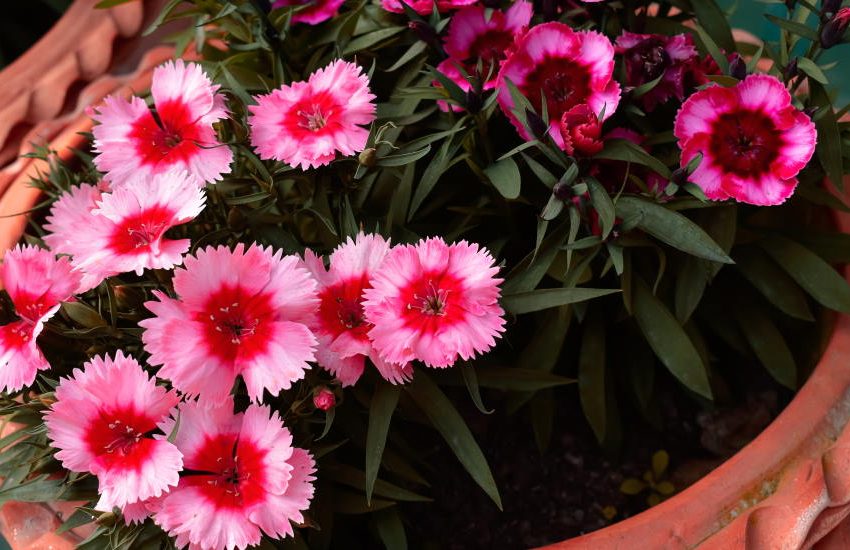Caring for a Kalanchoe Plant: Tips and Tricks
Kalanchoes are a popular houseplant choice for their vibrant, long-lasting blooms and easy care requirements. These succulents are native to Madagascar and thrive in warm, dry environments, making them a great option for beginners or those with limited gardening experience. With proper care, a kalanchoe plant can provide months of colorful blooms and foliage.

To ensure your kalanchoe plant stays healthy and happy, it’s important to understand its basic care needs. These plants prefer bright, indirect sunlight and well-draining soil that’s allowed to dry out between waterings. Overwatering can lead to root rot, so it’s important to err on the side of underwatering rather than overwatering. Additionally, kalanchoes benefit from occasional fertilization and pruning to encourage new growth and blooms.
Caring for Your Kalanchoe Plant
Kalanchoe plants are easy to care for and make great additions to any indoor or outdoor garden. Here are some tips for proper care:
Optimal Growing Conditions
Kalanchoes are native to tropical Africa and Madagascar and are known for their hardy, succulent nature. They prefer well-draining soil and bright, indirect light, but can also tolerate full sun or partial shade. They thrive in temperatures between 60-85°F and prefer low humidity.
Watering and Feeding
Kalanchoes are low-maintenance plants that require minimal watering. It’s important to avoid overwatering, as this can lead to root rot. Allow the soil to dry out between waterings and use a well-draining soil mix, such as cactus mix, with added perlite or sand for better drainage. Fertilize once a month with a balanced fertilizer high in phosphorus.
Propagation and Repotting
Kalanchoes can be easily propagated from stem or leaf cuttings. Plantlets can also be removed from the base of the plant and potted separately. Repotting should be done every 2-3 years in a slightly larger clay pot with fresh potting mix. Use rooting hormone to encourage new root growth.
Pest Management and Pruning
Kalanchoes are susceptible to mealybugs and scale insects. Regular pruning and deadheading can help prevent these pests and promote healthy growth. Stem rot can be a problem if the plant is overwatered or if the soil doesn’t have proper drainage.
Flowering and Aftercare
Kalanchoes are known for their long-lasting blooms and can rebloom with proper care. The most common variety, Kalanchoe blossfeldiana, comes in a range of colors including red, yellow, orange, pink, and white. After flowering, cut back the stems to encourage new growth.
Common Issues and Solutions
Wilting can be a sign of overwatering or underwatering. Adjust watering accordingly. Yellowing leaves can indicate nutrient deficiencies or pest infestations. Use a balanced fertilizer and inspect for pests regularly.
Types and Varieties of Kalanchoe
Kalanchoes come in a variety of types, including the Flaming Katy, Panda Plant, Christmas Kalanchoe, and Chocolate Soldier. Each variety has unique features and care requirements.


